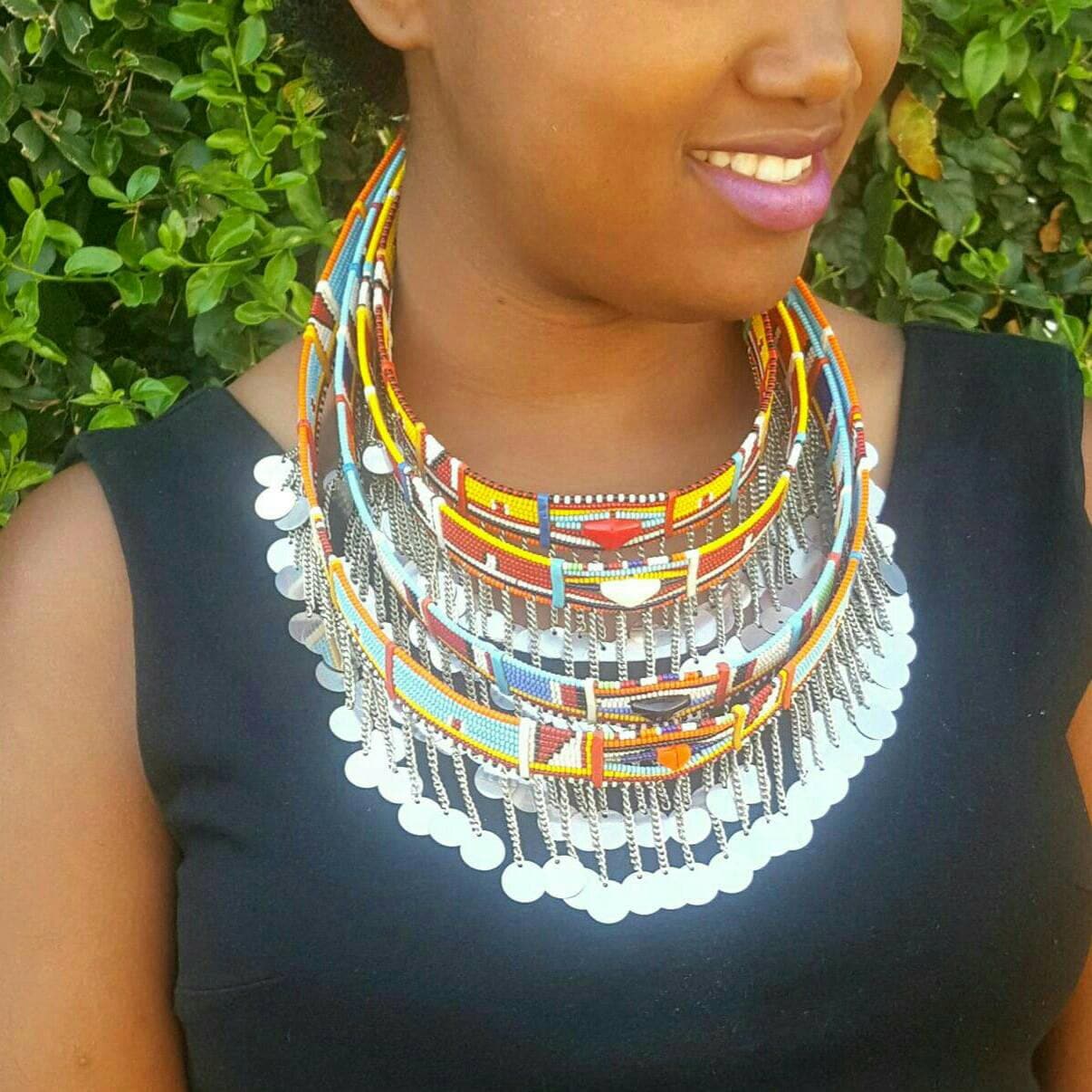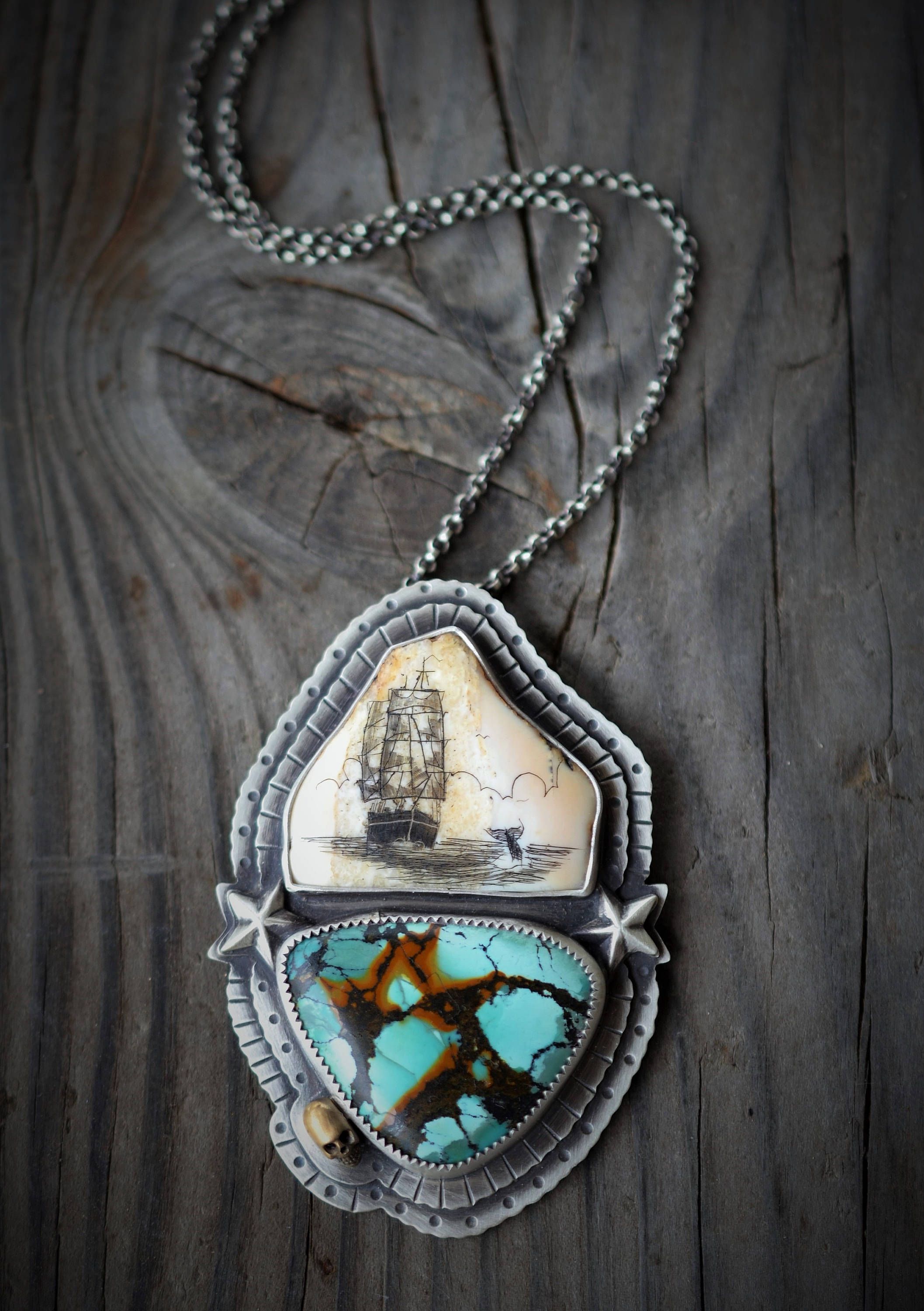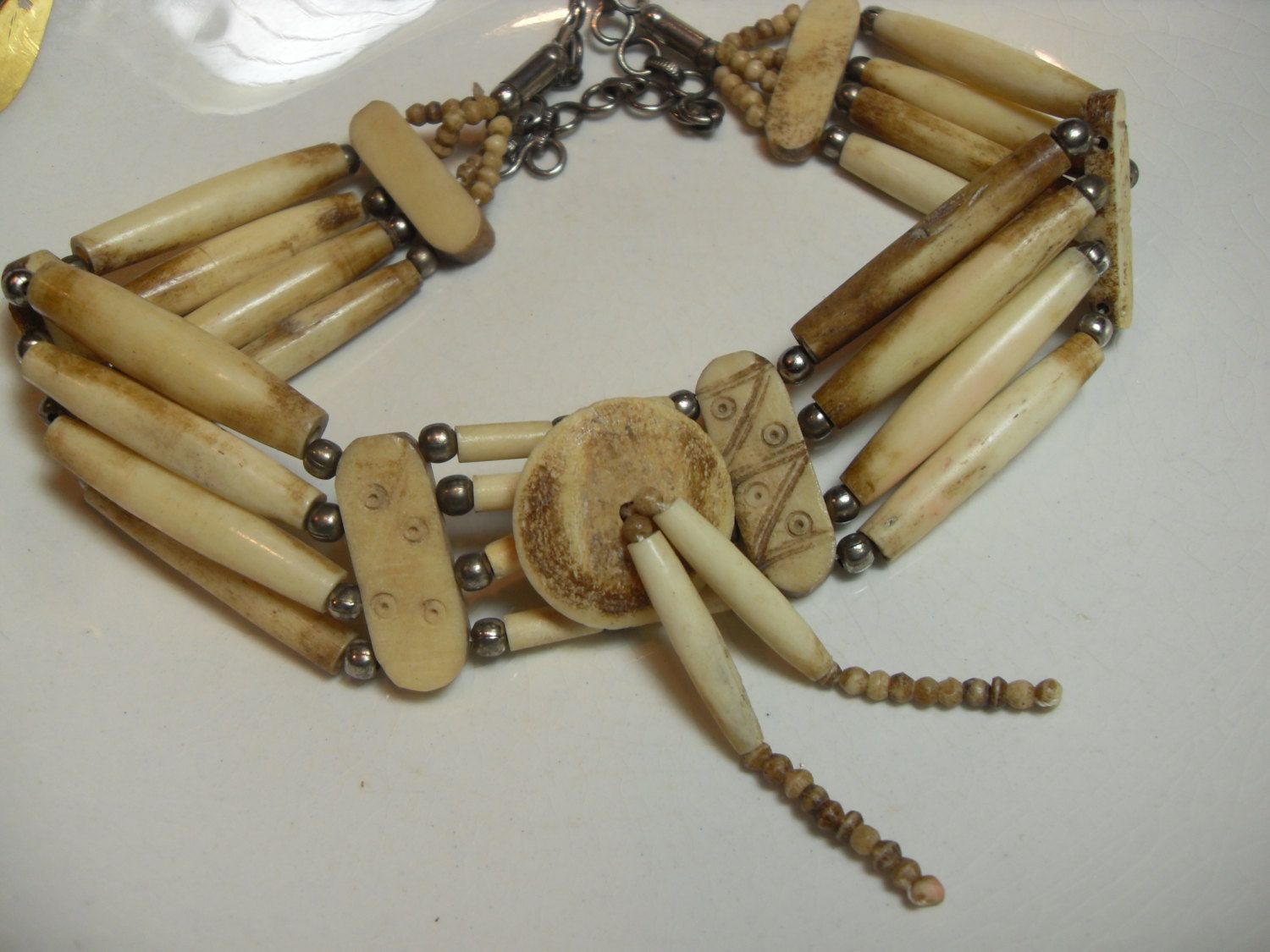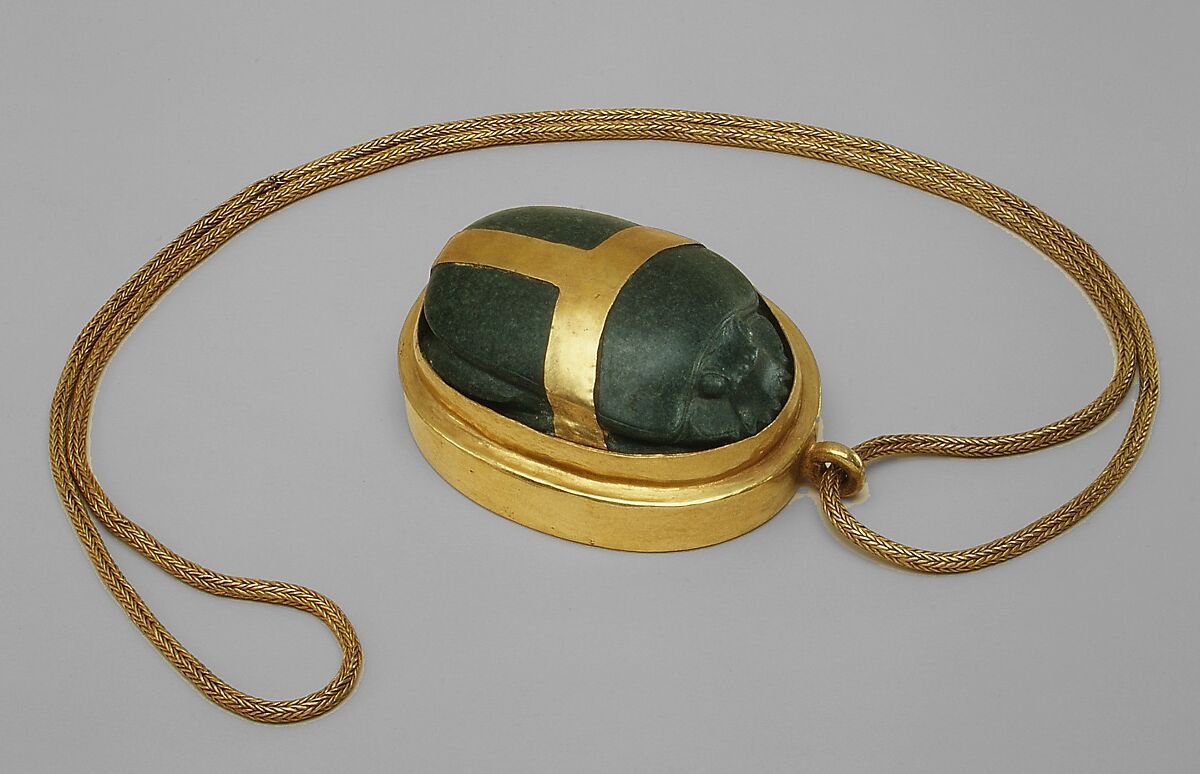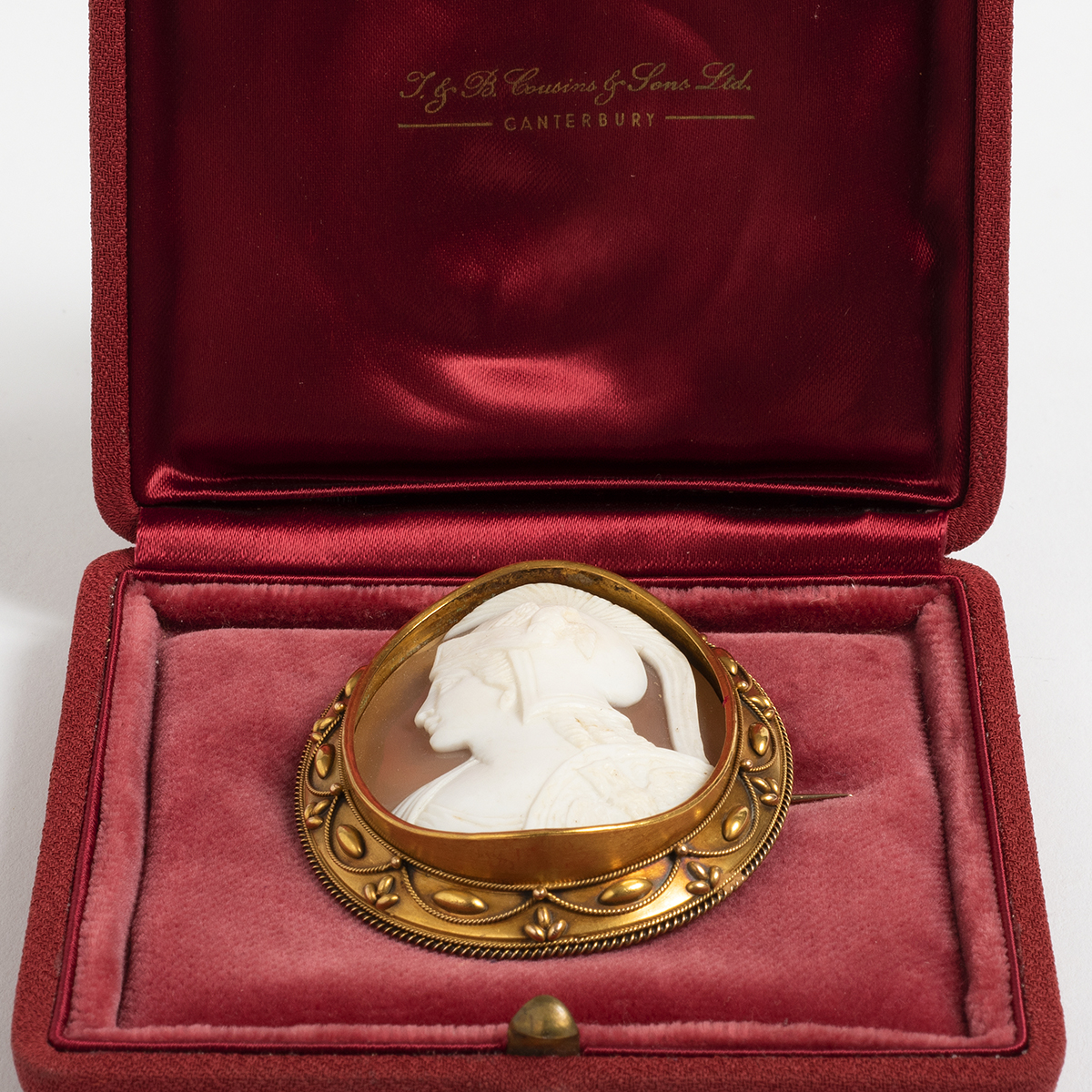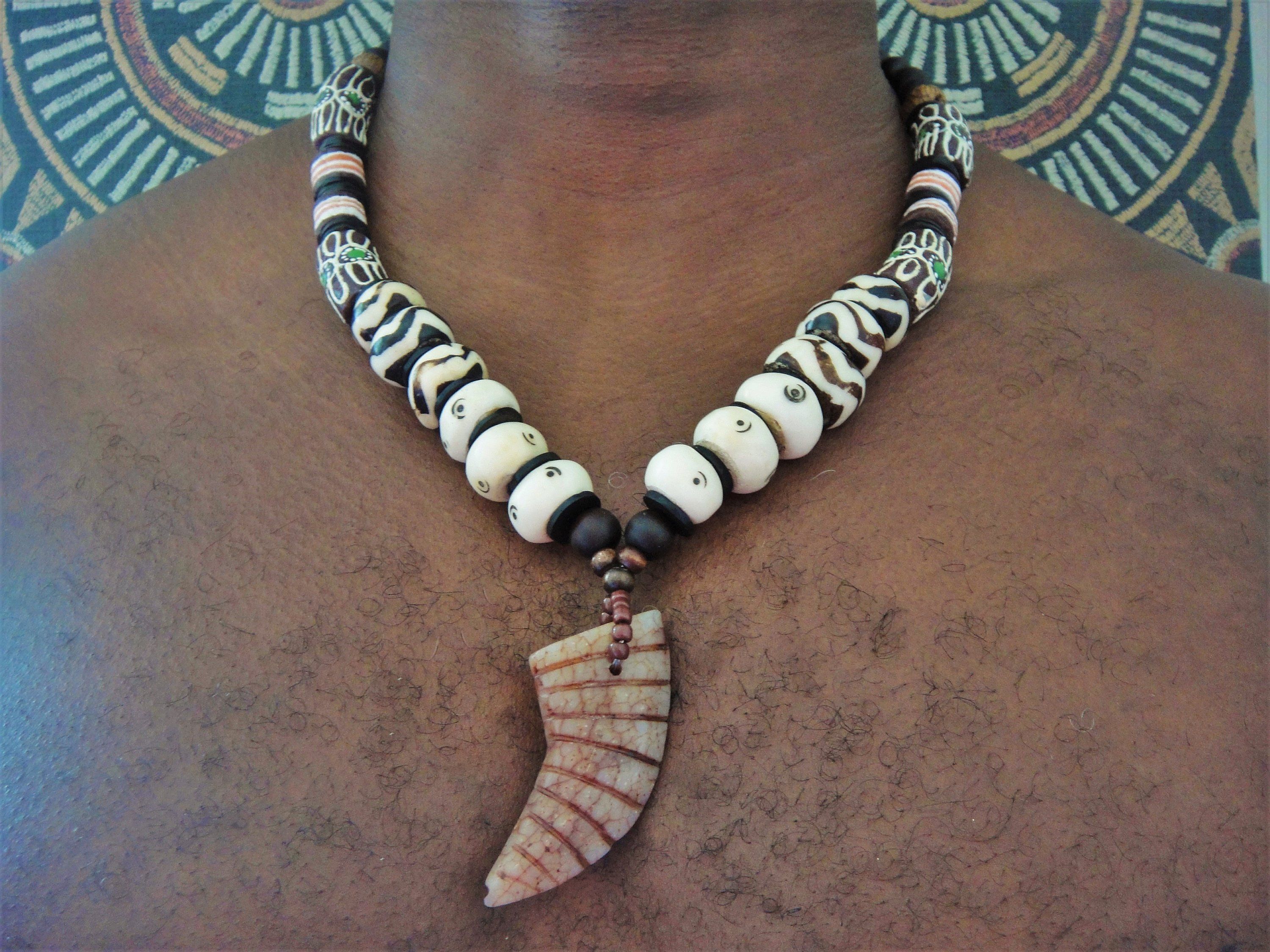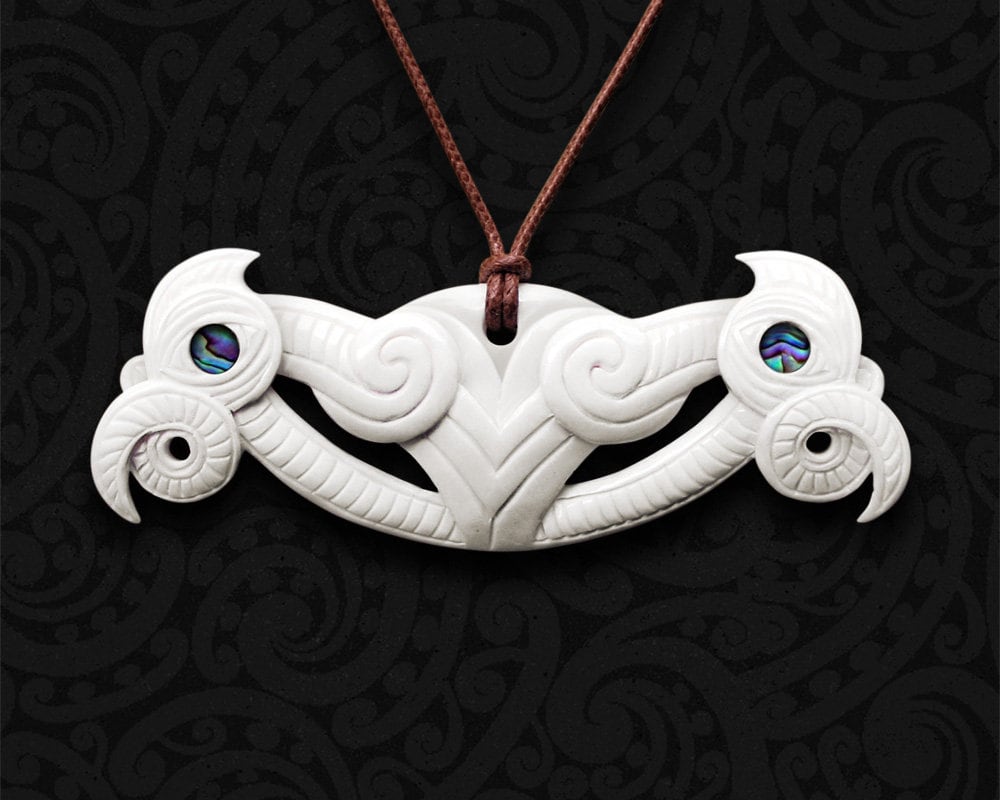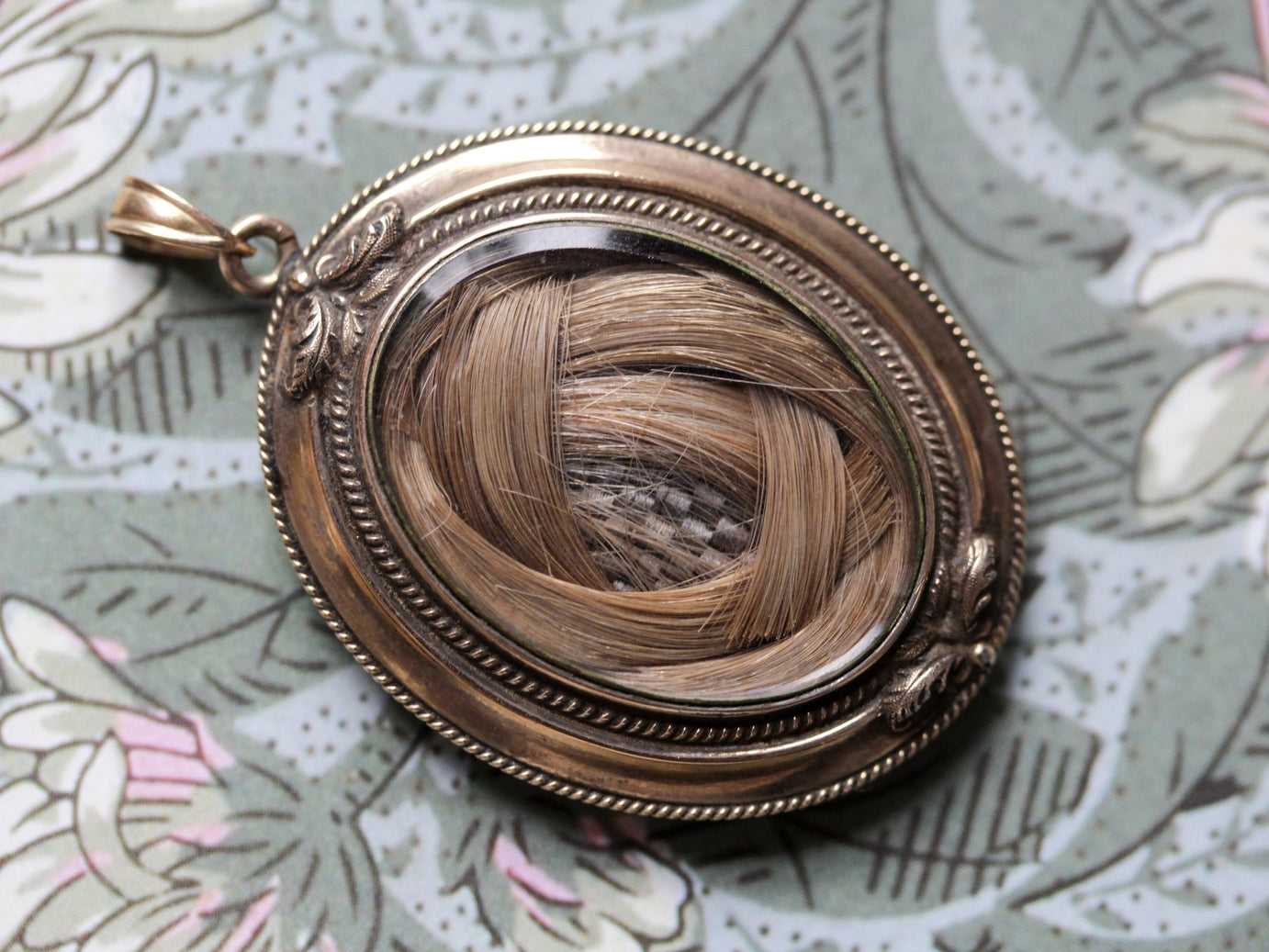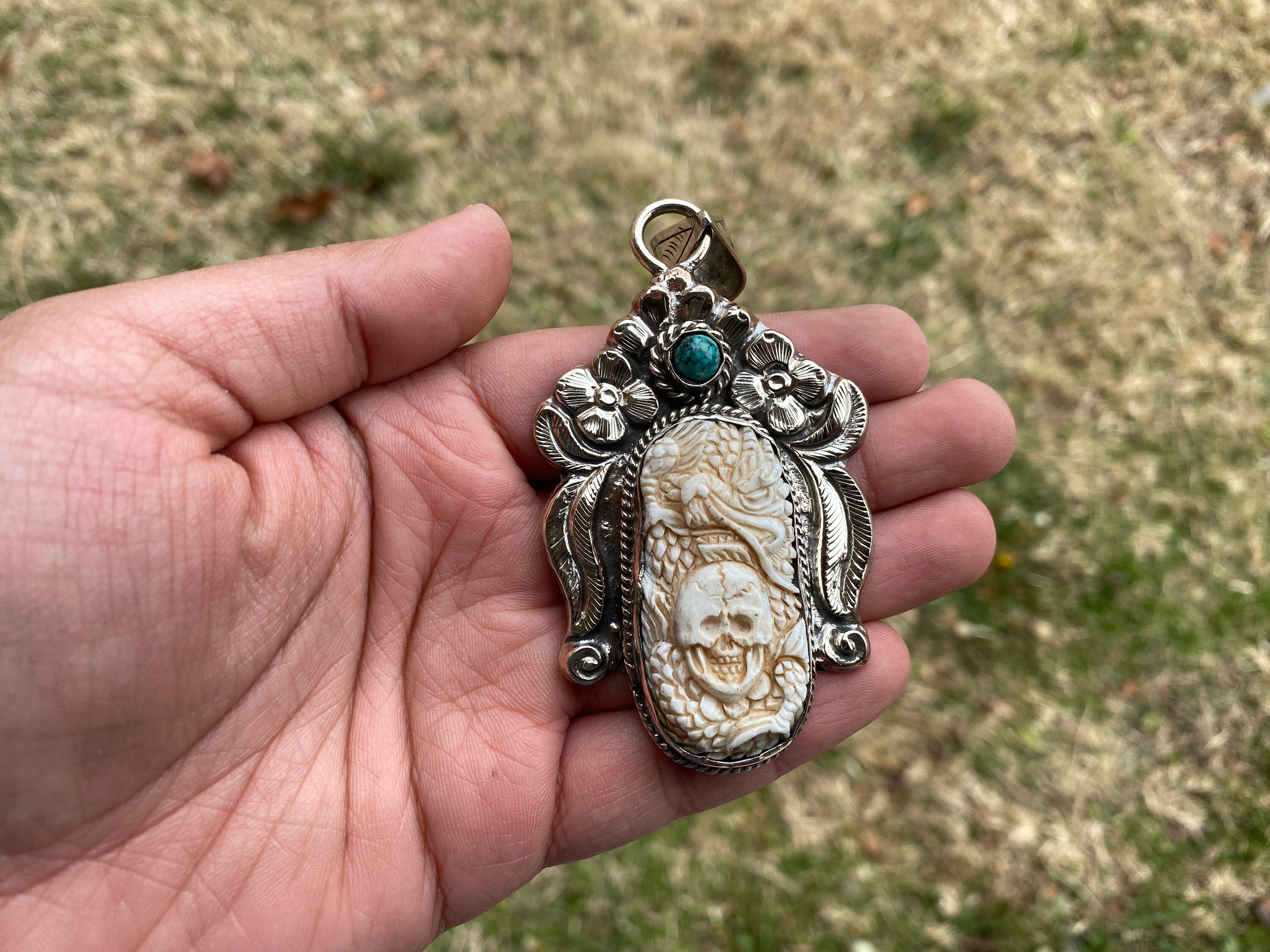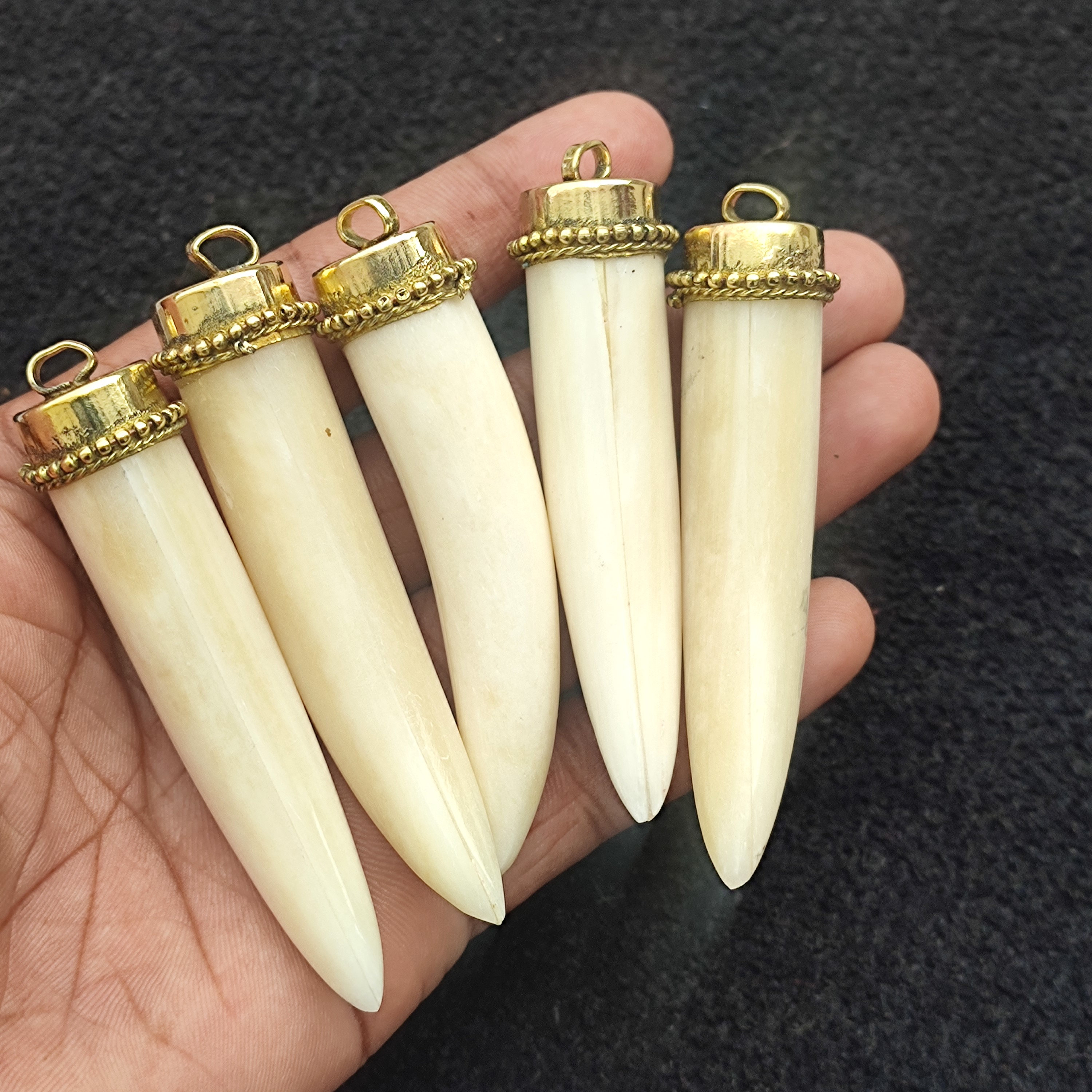
Bone has long been celebrated in vintagejewelryfor its distinctive charm, cultural significance, and timeless appeal. Crafted with precision and artistry, bone vintage jewelry pieces are not just accessories but also reflections of history, tradition, and craftsmanship.
Despite the advent of the vegan philosophy, bone has remained a popular material for jewelry for a long time. Apart from being tactile, bone is an inexpensive material to utilize in jewelry. Previously hand-carved, it is now created by machines.
It will continue to exist for a long time. It is currently appropriate to gather the numerous diverse bone jewelry items remaining on the market.
Origin Of Bone Vintage Jewelry
Jewelry and fashion accessories were utilized for historical fashion or religious purposes. However, it was also attached to brooches and beads with little use other than aesthetics. Bone jewelry has been unearthed in archaeological excavations from ancient Egypt, Greece, and Rome, showcasing the enduring legacy of this material.
Ancient Egypt
As civilizations began to flourish, so did the artistry of bone jewelry. In ancient Egypt, a culture known for its reverence for the afterlife and intricate symbolism, bone jewelry held spiritual and decorative significance.
Amulets and ankhs, crafted from bone, were worn to offer protection and guidance in the journey to the underworld. These pieces often featured carvings of deities and symbols, reflecting the Egyptians' deep spiritual beliefs.
Roman Mastery Of Bone Craftsmanship
The Romans, celebrated for their craftsmanship and artistic endeavors, also embraced bone jewelry. Bone was carved into intricate hairpins, brooches, and bracelets. These pieces showcased not only the Romans' skill but also their fascination with the beauty of the natural world. Designs often featured depictions of gods, goddesses, and mythological creatures, making each piece a wearable work of art.
Making Of Bone Vintage Jewelry
Some pieces of bone vintage jewelry are hand painted and lacquered to protect them and are made by talented, seasoned artisans using the most up-to-date tools. Many parts of jewelry fashioned from bone are crafted using age-old cutting and lashing techniques.
Animal bones are white, whereas those from horns are often black, with a few exceptions being creamy, light tan, brown, or transparent. Some manufacturers utilize chemical bleaches during the dyeing process that might soften, crack, or otherwise affect the finished product, causing it to lose its luster and shatter.
Although it is a straightforward procedure, turning raw bone into usable material is risky because of the chemicals used. The bones are first scrubbed with a stiff brush and soapy water. Removing all of the flesh, gristle, and ligaments is necessary.
The bones are then cooked in a weak acid, such as sulfuric or hydrochloric until the oily texture of the raw bone is gone. The bones are then carefully cleaned and dried when this is finished. The bones must be soaked in a weak bleach solution at the next stage. This eliminates the final portion of the protein, gelatin that may decay and deteriorate. Poorly treated old bone can smell extremely nasty.
The bones must be wholly dried over days after being rinsed in clean water. The processed bones are then divided into manageable bits. Then, they are carved into the forms we most commonly see, such as little pierced carvings, pendantsmade of round and oblong beads, and almost any other state. The pieces can be stained or colored after carving.
The Cultural Significance Of Using Bones In Jewelry
Bones are used in religious and spiritual rituals because they are potent symbols. Bones may be painted or sculpted as talismans for good luck or to fend off evil spirits. In many cultures, ancestors are honored and remembered by using bones to make jewelry or other objects.
Bones are sometimes gathered and used in communities as a resource and waste reduction measure. By employing bones that would otherwise go to waste, artisans can produce one-of-a-kind, gorgeous objects while lessening their impact on the environment.
Art is expressed using bones as a medium. Sculptures, masks, jewelry, and other objects that describe the individual vision and creativity of the artist are made from bones.
One of the most captivating aspects of bone vintage jewelry is its cultural significance. In many indigenous cultures, bone jewelry was pivotal in rituals, ceremonies, and daily life.
Native American Bone Jewelry
Native American tribes like the Navajo and Apache have a rich tradition of crafting bone jewelry, often adorned with intricate beadwork and symbolism. Bone necklaces, bracelets, and earringssignify tribal identity and spirituality.
African Bone Jewelry
Various African tribes, including the Maasai and Samburu, have a long history of creating bone jewelry. These pieces often feature carved motifs and geometric patterns, worn during special occasions and ceremonies, symbolizing status and cultural heritage.
Tribal Bone Jewelry From Oceania
Indigenous communities in the Pacific Islands, such as the Maori of New Zealand and the tribes of Papua New Guinea, used the bone to create distinctive jewelry pieces that conveyed social status, spirituality, and ancestral connections.
List Of Top 10 Bone Vintage Jewelry
Determining the "top" bone vintage jewelry pieces can be subjective, as preferences, historical significance, and rarity vary among collectors and enthusiasts;
Maasai Beaded Necklaces
Maasai beadwork often incorporates bone elements into intricate necklaces. These pieces showcase the artistry and cultural significance of Maasai jewelry and are prized for their vibrant colors and geometric patterns.
Sailor-Made Scrimshaw Pendants
Scrimshaw is a traditional maritime art form in which intricate designs are etched onto bone (often whalebone) or ivory. Scrimshaw pendants, with their detailed engravings, are highly collectible, reflecting the maritime history of the 18th and 19th centuries.
Native American Bone Chokers
Bone chokers are a classic element of Native American jewelry, particularly among Plains tribes like the Lakota Sioux. These chokers often feature bone or horn elements adorned with beads, feathers, and other materials.
Ancient Egyptian Amulets
Ancient Egyptian bone amulets, often carved with symbols of protection and spirituality, are highly sought after by collectors of ancient artifacts. These amulets can be various animals, deities, or symbols.
Roman Bone Cameo Brooches
Roman-era bone cameo brooches are known for their intricate carvings and delicate craftsmanship. These brooches often depict classical figures, mythological scenes, or portraits and are celebrated for their historical and artistic value.
African Tribal Bone Jewelry
Antique bone jewelry from various African tribes, such as the Maasai, Samburu, and Yoruba, features intricate beadwork and carved bone elements. These pieces represent the cultural significance and artistic traditions of their respective tribes.
Pacific Islander Maori Bone Pendants
Maori bone pendants from New Zealand are renowned for their intricate carvings, often depicting traditional Maori motifs and symbolism. These pendants are highly collectible and convey spiritual and cultural meanings.
Victorian-Era Mourning Jewelry
Victorian mourning jewelry sometimes incorporated bone elements, such as bone cameos or hairwork set in bone frames. These pieces were created to remember and mourn deceased loved ones and are treasured for their sentimentality and historical value.
Asian Netsuke
While not strictly jewelry, Asian netsuke are small, intricately carved bone figurines often worn as accessories. These pieces are highly collectible for their artistry and representation of Asian cultures.
Antique Bone Bracelets
Bone bracelets from various historical periods, including the Victorian and Edwardian eras, often featured delicate carvings and intricate designs. These bracelets are appreciated for their craftsmanship and aesthetic appeal.
Bone Vintage Jewelry In Modern Days
You may enhance your look and give your outfits a vintage feel by donning a magnificent Bone Choker. These vintage necklaces may be worn in a variety of ways. However, if you check Native American Bone Choker's creations, you'll see that their website offers many handcrafted, original designs.
These lovely neck decorations that complement your style and give it a new appearance were created by the firm using expert artisans from all around the world;
Affordable And Better Alternate
You may choose these Bone decorations to get over the costs and raise your fashion ante instead of spending moneyon expensive jewelry.
Wear At Different Places
These are crafted using beads and bones. The outside of this ornament also has some decorations made of glass beads. They're ideal for everyday usage, but you may also wear them for special occasions.
These bone chokers were worn by Native Americans for ceremonial occasions like "Pow Pow." A fashion specialist may also decide that wearing the right jewelry on a night out with friends is the best option.
Comfortable
At first, you might think they're unpleasant around your neck, but after wearing them frequently, you'll realize how comfortable they are and how little they affect how you dress.
Craftsmanship And Techniques In Bone Vintage Jewelry
Creating bone vintage jewelry demands a high level of craftsmanship and skill. Artisans meticulously carve, shape, and decorate bone to bring their designs to life.
Techniques such as scrimshaw, which involves intricate engraving on bone surfaces, are commonly used to create detailed plans. Bone can also be combined with other materials, such as beads, metals, or stones, to enhance visual appeal.
The Enduring Appeal Of Bone Jewelry
Bone vintage jewelry holds a special place in the hearts of collectors and enthusiasts. Its understated elegance, cultural richness, and connection to nature continue to captivate people worldwide.
Whether it's a finely carved Maasai necklace, a Native American bone bracelet, or an intricately scrimshawed pendant, these pieces remind us of the artistry and cultural heritage of the communities that created them.
Preserving The Tradition Of Bone Jewelry
Bone jewelry represents more than just a collection of ornaments; it encapsulates the rich tapestry of cultural heritage and traditions from the long past. Efforts to safeguard and promote this unique cultural legacy are vital in preserving the stories, craftsmanship, and symbolism passed down through generations.
The preservation of bone jewelry as cultural heritage involves a multifaceted approach. Museums, cultural institutions, and collectors play a pivotal role in curating and showcasing vintage bone jewelry, making it a tangible link to history.
Additionally, collaborations with artisans and craftsmen help to ensure that traditional techniques for creating bone jewelry are preserved for time. These collaborations can create contemporary pieces that honor age-old traditions while bringing them into the modern world.
By recognizing bone jewelry as a part of cultural heritage, we pay homage to the artisans of the past and ensure that their artistry and legacy continue to thrive in the present and future, allowing generations to come to appreciate the cultural significance of these remarkable treasures.
Ethical And Legal Considerations Of Bone Jewelry
Antique ivory jewelry, characterized by its exquisite craftsmanship and historical significance, has long held a unique allure for collectors and enthusiasts. However, this appeal is accompanied by a complex set of ethical and legal considerations that have gained increasing prominence in recent years.
The primary moral concern revolves around the conservation of endangered elephant species. Even in antique forms, the demand for ivory can contribute to the illegal ivory trade and further endanger these magnificent creatures. Additionally, ethical concerns extend to questions of cultural sensitivity and respect for indigenous communities who often bear the brunt of wildlife conservation efforts.
On the legal front, international regulations and national laws have been implemented to curb the ivory trade and protect endangered species. Many countries have enacted stringent restrictions on selling and possessing ivory, including antique items. Navigating the legal landscape surrounding antique ivory jewelry can be challenging, as it varies from one jurisdiction to another.
FAQs
What Is Bone Jewelry Made Of?
The bones of cattle, oxen, deer, goats, and camels are frequently used by painters. Although using horns or antlers is very frequent, most experts suggest using an animal leg bone, particularly the thick hind shin of cattle.
How Long Does Bone Jewelry Last?
If properly maintained, carved bone jewelry is built to endure a lifetime. Choosing the bone and preparing the clean material takes a long time.
What Is Bone Jewelry?
One of the earliest sorts of ancient jewelry was made of bone. The oldest types of jewelry are said to have been produced from naturally occurring materials, including bones, shells, stone, wood, and animal teeth. They started as practical pieces that later became religious symbols and aesthetic ornaments.
What Is The History Of Bone Jewelry?
Many ancient peoples, generally tribal tribes, had traditional art forms, including carved bone jewelry. Tribes from Africa, North and South America, and Europe are widely recognized for their elaborate patterns for bone jewelry and beads. Bone is available in various earthy tones, including white, brown, and black.
Does Bone Jewelry Change Color?
You've used polished, natural bone for your sculpture. This product is made of a porous substance that gradually absorbs oils from your skin to take on a gentle honey-goldhue. This is typical and one of the exquisite features of bone jewelry.
Conclusion
Bone vintage jewelry stands as a testament to the enduring beauty of craftsmanship and the cultural significance of jewelry as a means of expression, identity, and tradition. As we celebrate the allure of these timeless pieces, let us do so with a deep appreciation for the cultures and artisans that have contributed to this rich legacy.
Bone vintage jewelry is not just an accessory; it is a bridge between the past and the present, a tangible connection to the diverse and vibrant tapestry of human history and creativity.
